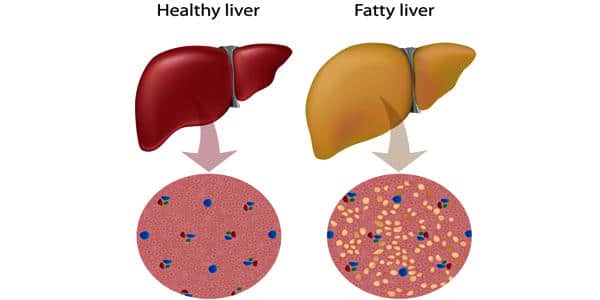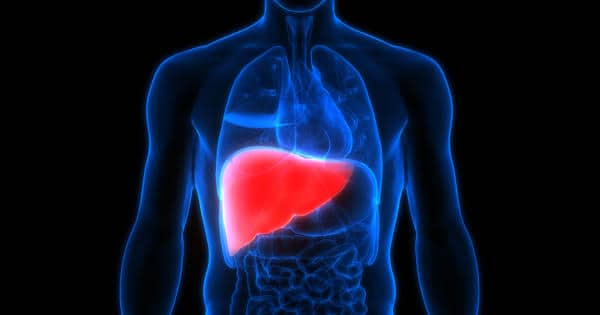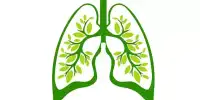The idea that exercise is beneficial to one’s health and well-being is not new. It is widely accepted that working up a sweat has numerous physical and emotional benefits, including the ability to make you feel happier, increase your energy levels, support cognition, aid in weight loss, and nourish muscles and bones.
An exercise regimen has been shown by researchers to reduce liver steatosis and stiffness in patients with non-alcoholic fatty liver disease. These improvements in hepatic health are mediated by changes in inter-organ cross-talk, changes in circulatory organokines, and reductions in inflammation and oxidative stress. Because these advantages are unrelated to weight loss, all therapeutic regimens should include regular exercise, and patients should be diligent and compliant regardless of bodyweight changes.
Non-alcoholic fatty liver disease (NAFLD) is the most common liver disorder in the world, affecting up to a quarter of the population. It is the most common liver disorder in the world and involves fat accumulating in the liver. It is also known as hepatic steatosis or liver steatosis. NAFLD can eventually result in liver failure. It is distinguished by fat accumulation in liver cells and can lead to inflammation, cirrhosis, and liver failure. Researchers at the University of Tsukuba have discovered that exercise has beneficial effects on the liver that go beyond the expected weight loss benefit.
Researchers have shown that an exercise regimen reduces liver steatosis and stiffness in patients with non-alcoholic fatty liver disease.
Researchers from the University of Tsukuba discovered that moderate to vigorous-intensity exercise, in the absence of weight loss, can help prevent and reverse NAFLD. NAFLD is linked to unhealthy behaviors such as overeating and sedentary living. In Japan, 41% of middle-aged men have NAFLD, with 25% progressing to non-alcoholic steatohepatitis (NASH) and hepatic dysfunction.
Obesity can cause fat molecules to build up in liver cells, causing inflammation and damage to the surrounding tissue. Weight loss, fortunately, appears to have an overwhelmingly positive impact on liver health: the more weight you lose, the healthier your liver becomes. It’s a pretty straightforward formula. With the help of regular exercise, you can maintain a healthy weight and support your liver health.
Weight loss is essential for NAFLD management. Unfortunately, achieving the desired body weight without supervision is difficult, and maintaining it over time is even more difficult. Previously, exercise was thought to be an adjunct to dietary restrictions for weight loss, but other benefits such as reduced hepatic steatosis (fatty change) and stiffness are becoming more widely recognized. However, the underlying mechanisms are still unknown.

“We compared data from obese Japanese men with NAFLD who were on a 3-month exercise regimen with those who were on a dietary restriction aimed at weight loss,” senior author Professor Junichi Shoda explains. “We monitored hepatic parameters, adipose tissue reduction, muscle strength increase, reductions in inflammation and oxidative stress, changes in organokine concentrations, and expression of Nrf2 target genes, an oxidative stress sensor.”
The researchers discovered that exercise preserved muscle mass better, albeit with a modest reduction in body and fat mass. Surprisingly, ultrasound elastography revealed that the exercise regimen reduced liver steatosis by 9.5 percent more, liver stiffness by 6.8 percent more, and the FibroScan-AST Score (a measure of liver fibrosis) by 16.4 percent more than the weight-loss regimen.
Furthermore, the exercise regimen appeared to induce anti-inflammatory and anti-oxidative stress responses via activation of the Nrf2 (nuclear factor E2-related factor 2), an oxidative stress sensor. It also enhanced the phagocytic capacity of Kupffer cells which help maintain liver function.
Regular exercise is essential for a healthy liver. Exercise reduces the amount of weight on the liver, increases energy levels, and aids in the prevention of obesity, which is a risk factor for a liver infection. Every week, aim for 150 minutes of activity, such as energetic strolling or swimming. Another study found that wellness, rather than weight loss, was a more important clinical endpoint for development in patients with fatty liver diseases during exercise preliminaries.
Professor Shoda discusses the significance of their findings. “Our findings show that exercise prevents liver steatosis and fibrosis in NAFLD patients and that this benefit is enhanced by muscle mass preservation and is independent of weight changes. Patients who are on exercise regimens may become demotivated and discontinue if they do not lose significant weight. As a result, moderate to vigorous-intensity exercise should be incorporated into all NAFLD therapeutic regimens, and patients at risk for NASH should be encouraged to continue with moderate to high-intensity exercise whether or not they lose weight.”
















